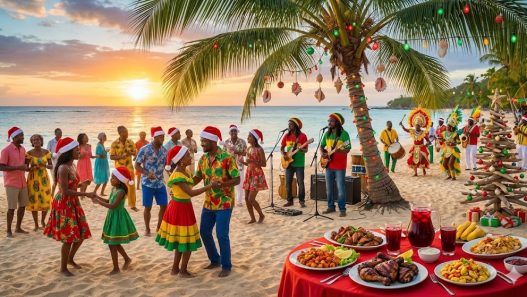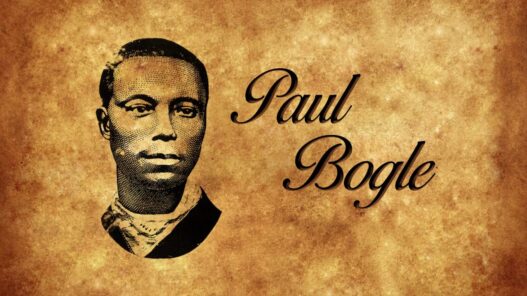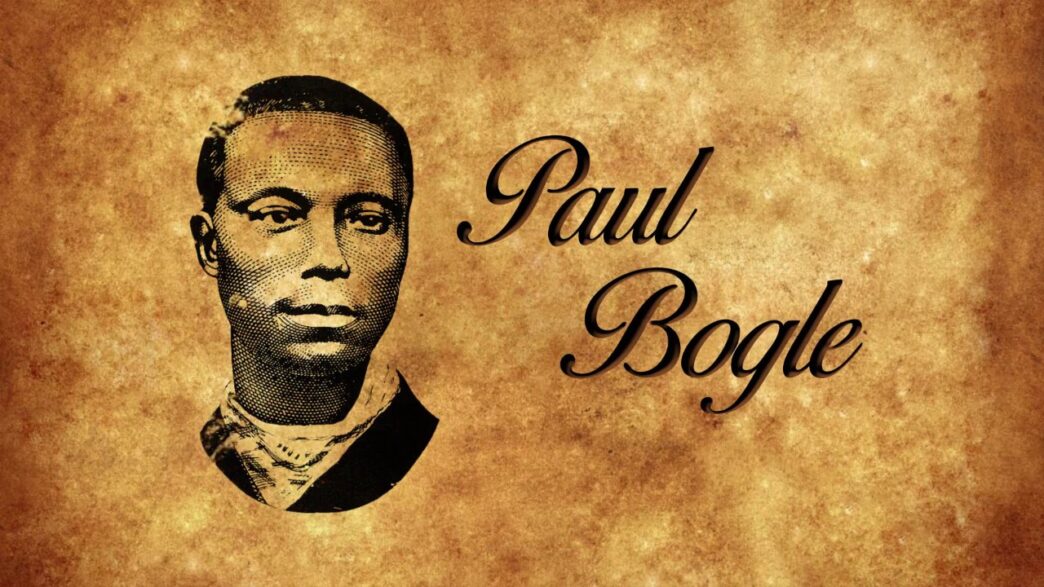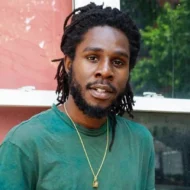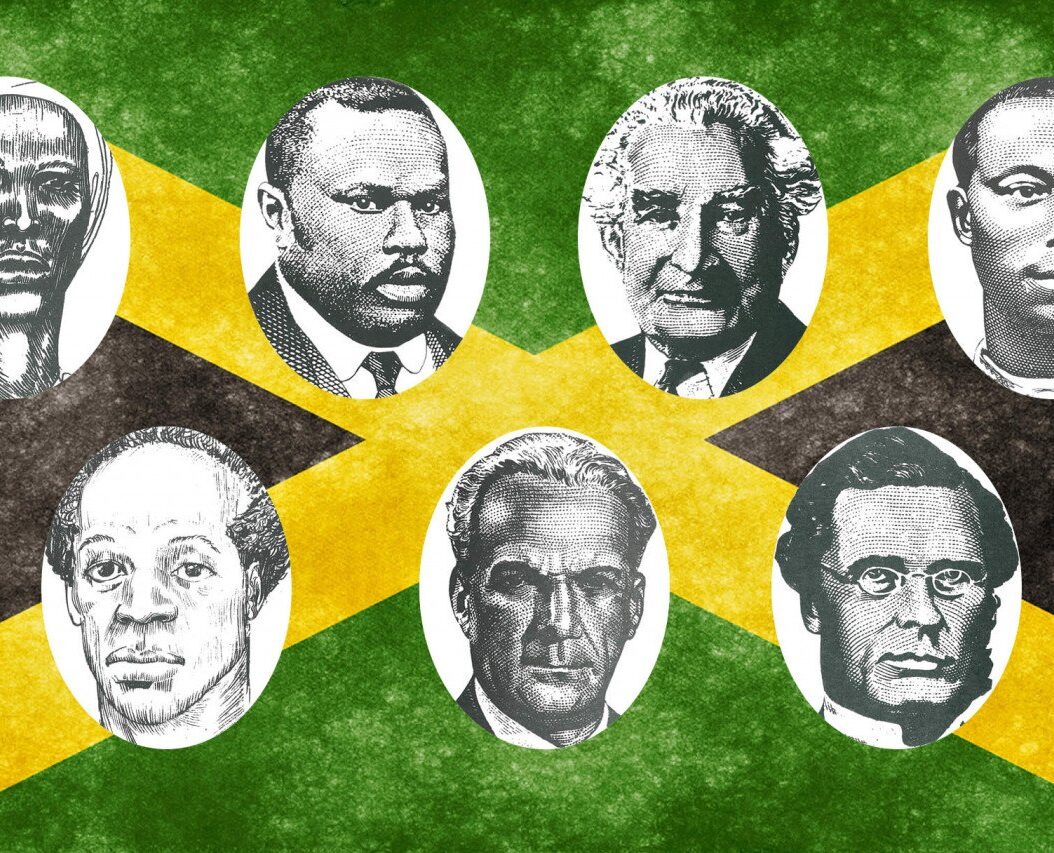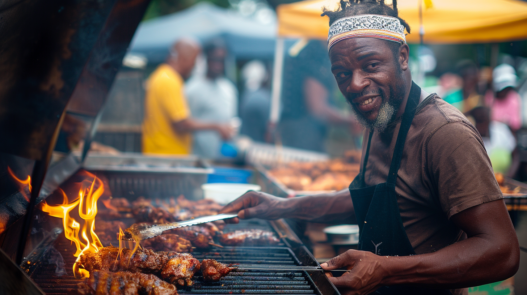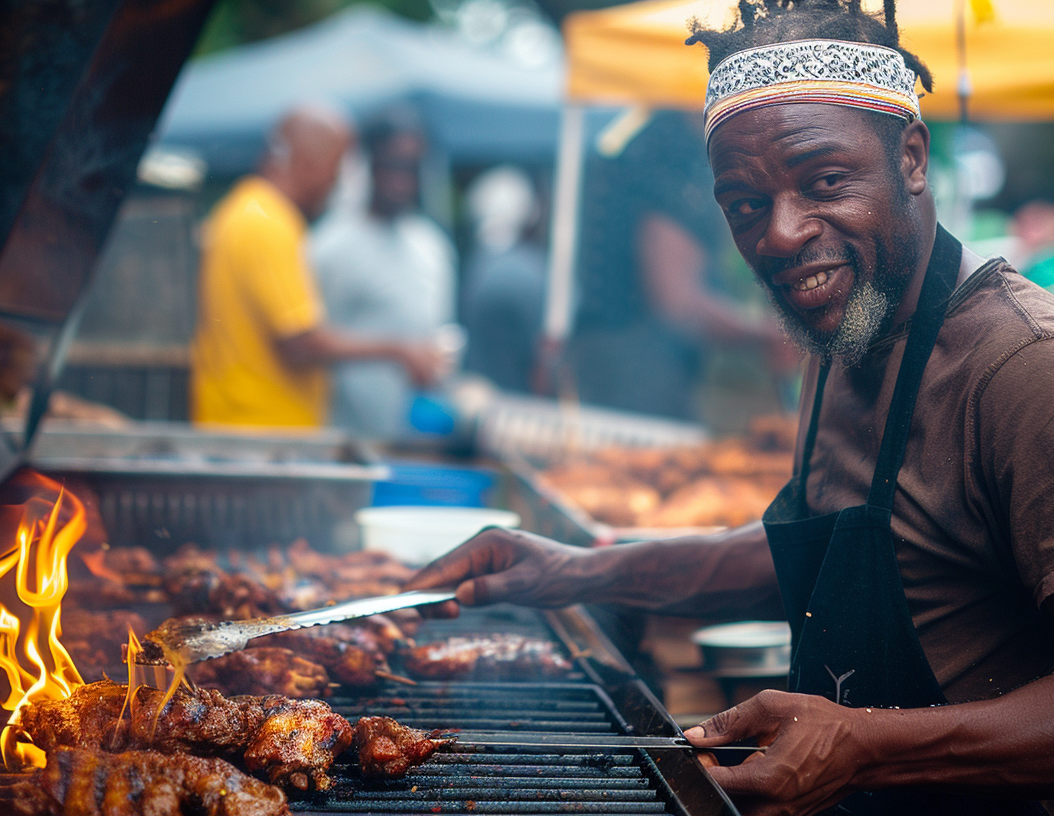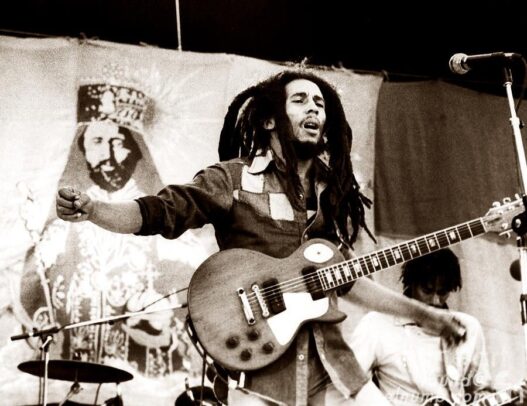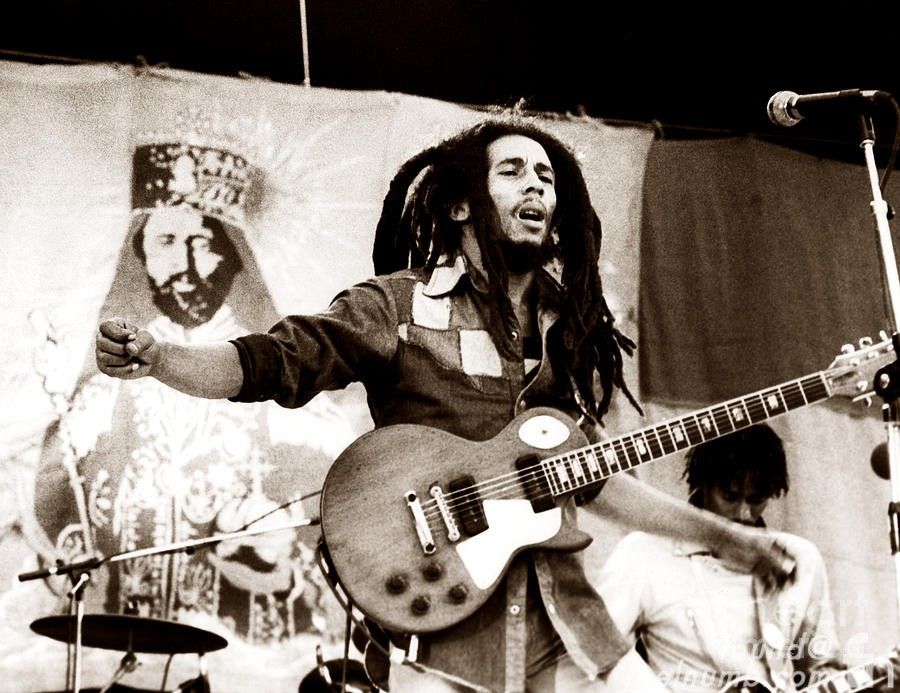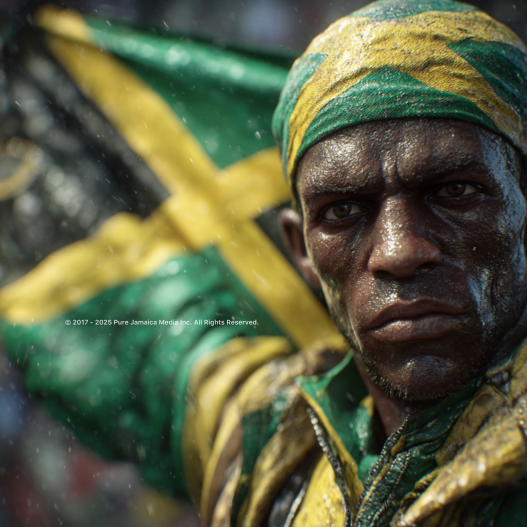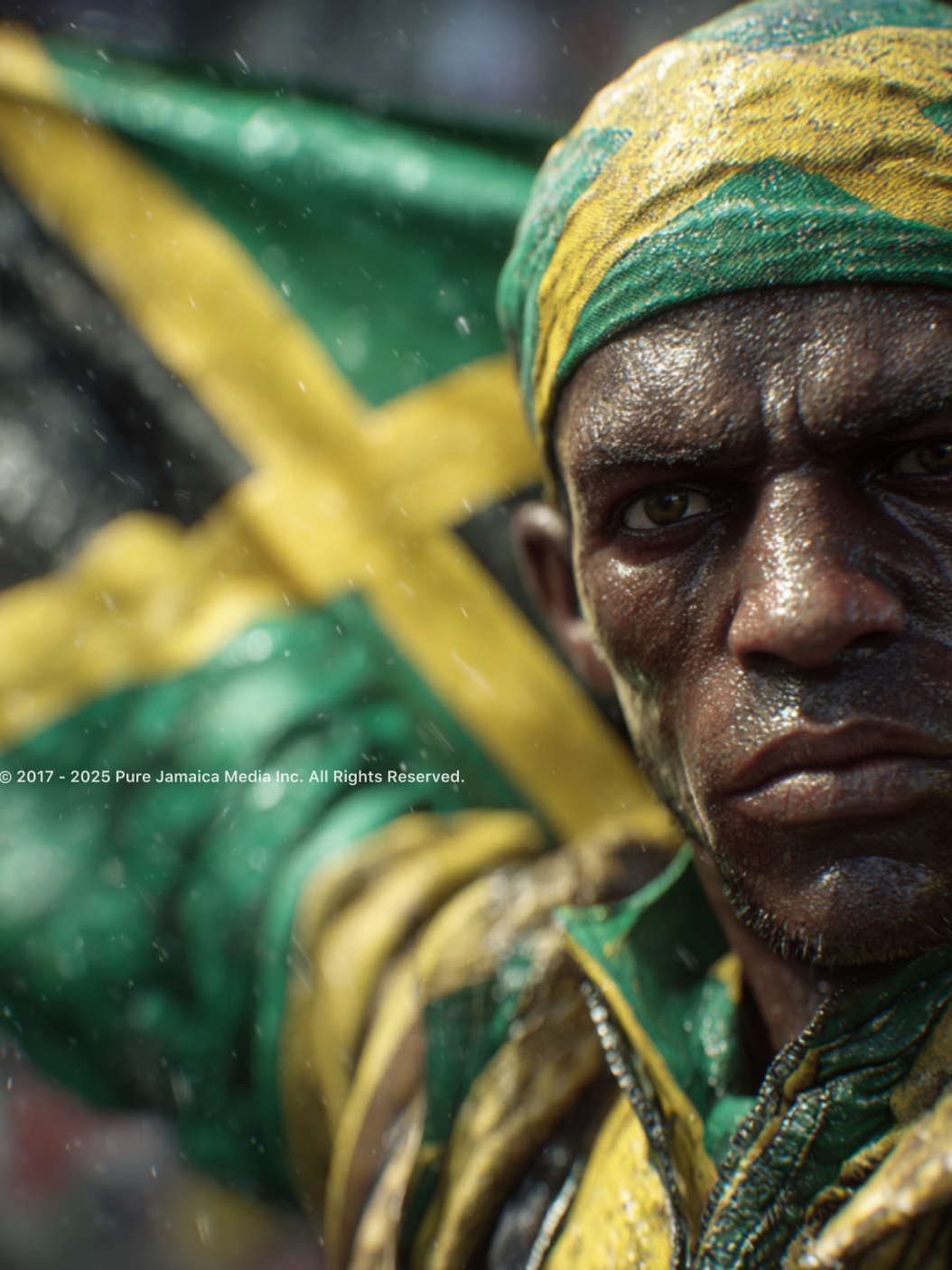The Morant Bay Rebellion, which erupted on 11 October 1865 in Jamaica, marked a significant and tumultuous chapter in the island’s history. Led by the determined preacher Paul Bogle, the rebellion was primarily a protest against deep-rooted injustices, poverty, and oppressive governance. This article delves into the events leading up to the rebellion, the uprising itself, and its far-reaching consequences, while also highlighting its relevance in discussions about colonial history and race relations.
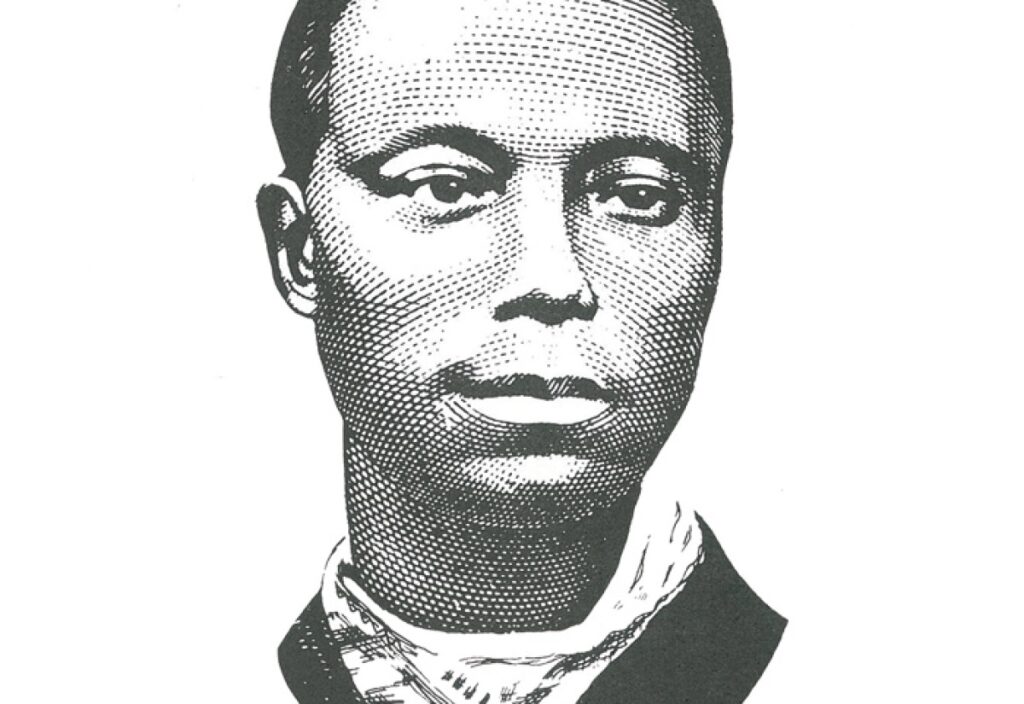
Background: A Society in Turmoil
In the years leading up to the rebellion, post-emancipation Jamaica was rife with hardship. The majority of the population, consisting of freedmen, faced dire economic challenges. Crop failures due to floods, cholera, and drought exacerbated their plight. With high poll taxes keeping them from voting and worsening living conditions, tensions mounted between the black population and the white planters.
The situation deteriorated further when a black man was charged with trespassing on an abandoned sugar plantation, igniting anger among locals. This incident, along with previous disputes involving local authorities, set the stage for the rebellion.
The Spark of Rebellion
On the fateful day of 11 October, Bogle led a peaceful march to the courthouse in Morant Bay, accompanied by hundreds of supporters. This demonstration aimed to address grievances and seek justice. However, the atmosphere quickly turned hostile when local officials and a poorly equipped militia confronted the crowd. As tensions escalated, the militia opened fire on the protesters, resulting in several deaths and inciting violence.
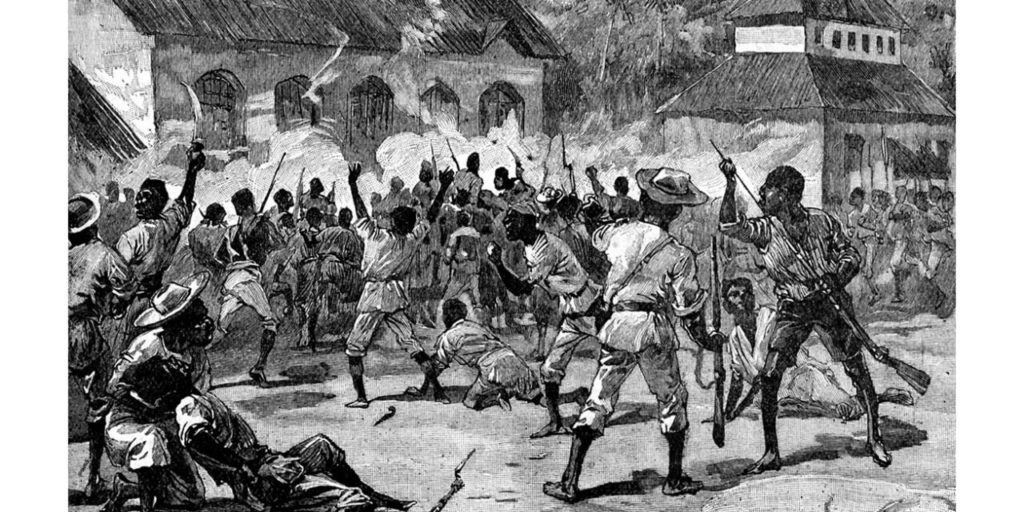
In retaliation, the demonstrators attacked and burned the courthouse, leading to a chaotic two-day uprising in the St. Thomas-in-the-East parish. The rebellion was not merely a response to this singular event but a culmination of years of oppression and disenfranchisement.
Governor Eyre’s Response
In the wake of the uprising, Governor Edward John Eyre declared martial law, which led to a brutal crackdown on the rebels. Government troops were deployed to suppress the insurrection, resulting in the indiscriminate killing of over 400 black Jamaicans and the arrest of many others, including Paul Bogle himself. Eyre’s administration employed harsh measures, including executions without proper trials and severe punishments for suspected rebels.
This violent suppression shocked many in Britain and ignited a heated debate over the legitimacy of Eyre’s actions. While some defended him as a necessary response to chaos, others condemned the constitutional violations that occurred under his rule.
The Execution of George William Gordon
Among those arrested was George William Gordon, a prominent mixed-race politician who had voiced criticism of Governor Eyre’s methods. Despite his minimal involvement in the uprising, Gordon was tried under martial law and executed, further inflaming public sentiment against Eyre’s administration. His death symbolized the extent of colonial repression and the dismissal of black voices in governance.
Legacy and Impact
The Morant Bay Rebellion had lasting implications for Jamaica and its governance. The backlash against Eyre’s brutal methods led to the establishment of the Jamaica Committee in Britain, which called for accountability and legal action against Eyre. Despite attempts to bring him to justice, Eyre remained largely unscathed, and the rebellion served as a catalyst for increased centralization of British control over the island.
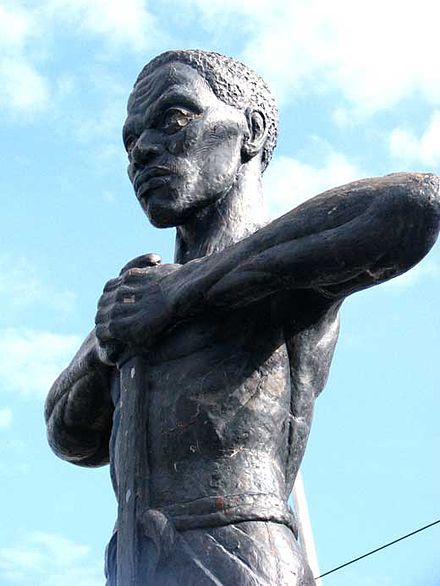
Website https://paulboglefoundation.org
In the aftermath, Jamaica transitioned to a Crown Colony, stripping away the elected representation that had been established. This shift marginalized the black majority, triggering debates about race, governance, and civil rights that resonate to this day.
Conclusion
The Morant Bay Rebellion remains a pivotal event in Jamaican history, emblematic of the struggles against colonial oppression and racial injustice. As we reflect on the rebellion and its consequences, it is essential to acknowledge the resilience of those who fought for their rights. Understanding this historical context is crucial for appreciating the ongoing dialogues surrounding race and justice, not only in Jamaica but across the globe.
For more insights into Jamaica’s rich history and cultural heritage, visit Pure Jamaica Media.



